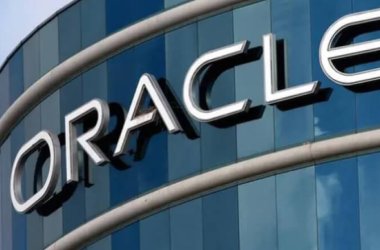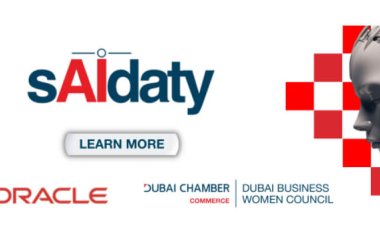 Oracle is hoping to capture the fancy of smaller companies enamored with its Exadata data-processing machine, announcing yesterday the availability of a new database appliance configured for SMBs’ needs and budgets.
Oracle is hoping to capture the fancy of smaller companies enamored with its Exadata data-processing machine, announcing yesterday the availability of a new database appliance configured for SMBs’ needs and budgets.
The Oracle Database Appliance is “exciting stuff,” and brings “the benefits of Exadata to entry-level systems,” said co-president Mark Hurd.
Its hardware will be sold separately at a list price of US$50,000 for a configuration that includes two Sun Fire servers, 192GB of main memory, 24 processor cores, 12TB of raw disk storage and 292GB of solid-state disk, the company said.
“Everything is fault-tolerant and redundant,” said Andy Mendelsohn, senior vice president of Oracle server technologies. “It’s quite an amazing engineered system, and something midmarket customers could never create on their own,” he added.
“The appliance runs pretty much the same software stack as found on Exadata, including the 11g database, RAC (Real Application Clusters) clustering software and Oracle Linux. It also features Appliance Manager software that provides automatic monitoring and patching. The system even calls [Oracle] support if you have a hardware failure,” Mendelsohn said. “Before the customer knows it we’ll have an Oracle technician out there fixing the part, and the customer may have had no idea anything failed at all,” he added.
Customers can get the appliance up and running in just a couple of hours, according to Oracle.
According to Oracle, it is aimed at customers who are running older hardware under their Oracle databases and want to make an upgrade, as well as consolidate many smaller databases, including from third-party vendors, on a single platform.
Oracle is using a “pay as you grow” pricing model for the systems, representatives said. Customers can start out by licensing software for two cores, adding more up to the 24-core limit as they need to, Oracle officials said. They will also be able to move over their existing database and RAC licenses if desired, they said.
“We’re trying to increase our target market with this,” Hurd said. “So we’re trying to package it in the most attractive way we possibly can.”
“However, it will not be possible for customers to chain together multiple database appliances. If additional power is desired, they will have to move up to the smallest, or quarter-rack, Exadata configuration,” Mendelsohn said. List pricing for a quarter-rack system starts at US$330,000 with support and other costs bringing the price significantly higher, the company said.
“The 12TB of storage on the database appliance works out to a maximum database size of 4TB once triple mirroring is factored in,” Mendelsohn said.
“You can run a lot of workloads on that box,” Hurd said. “If you want to go beyond that, we’ve got an answer. You go to Exadata.”
Overall, Oracle’s move reflects its oft-stated desire to avoid the commodity server market in favor of selling engineered systems, as well as a belief that even smaller companies can be enticed to invest in such products, analysts said.
Still, the announcement drew a skeptical response from one close observer of the database industry.
“This doesn’t solve Oracle’s SMB problems, which include the fact that Oracle software is too difficult and costly to administer,” said analyst Curt Monash of Monash Research. “The appliance will make a modest dent in that one, but it’s not any kind of game-changer, because the issues are central to the antique design of the Oracle [database].”
“SMBs are also looking more and more to SaaS (software as a service) options, and ISVs tend to avoid using Oracle when feasible,” he added.
“Oracle is not well positioned to thrive in the SMB market, except maybe through its MySQL subsidiary, but that has a long way to go too,” Monash said.





